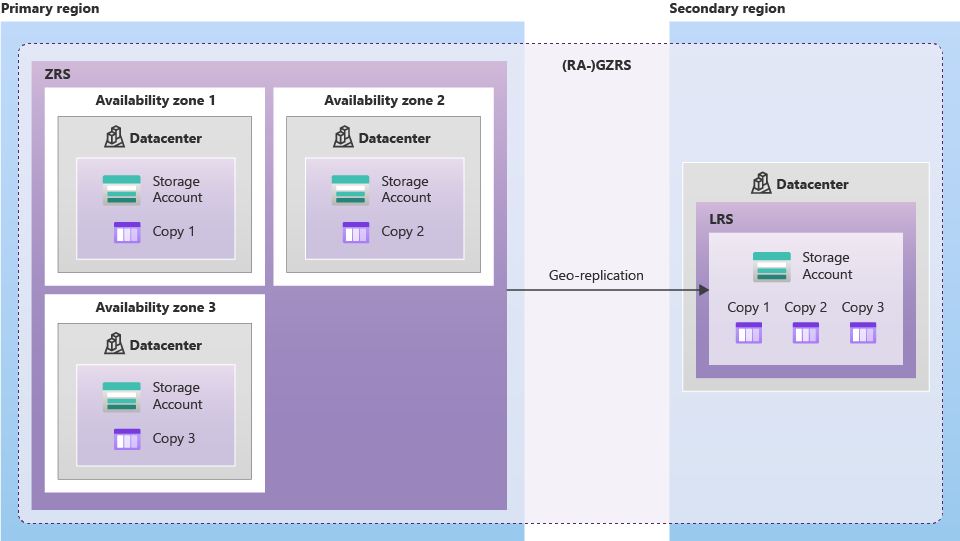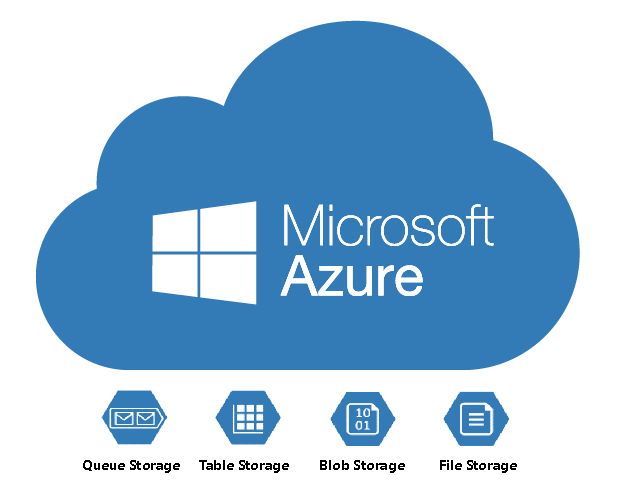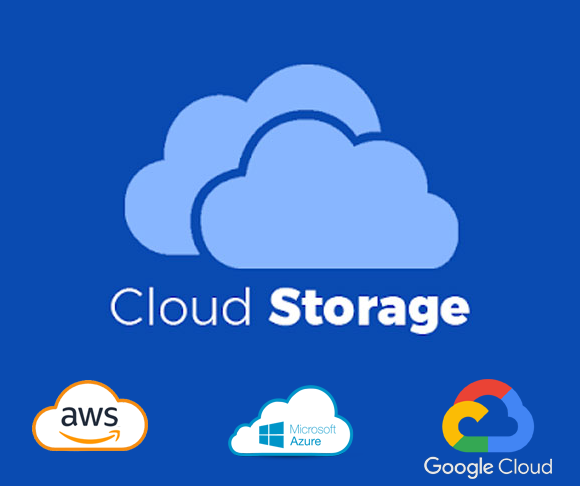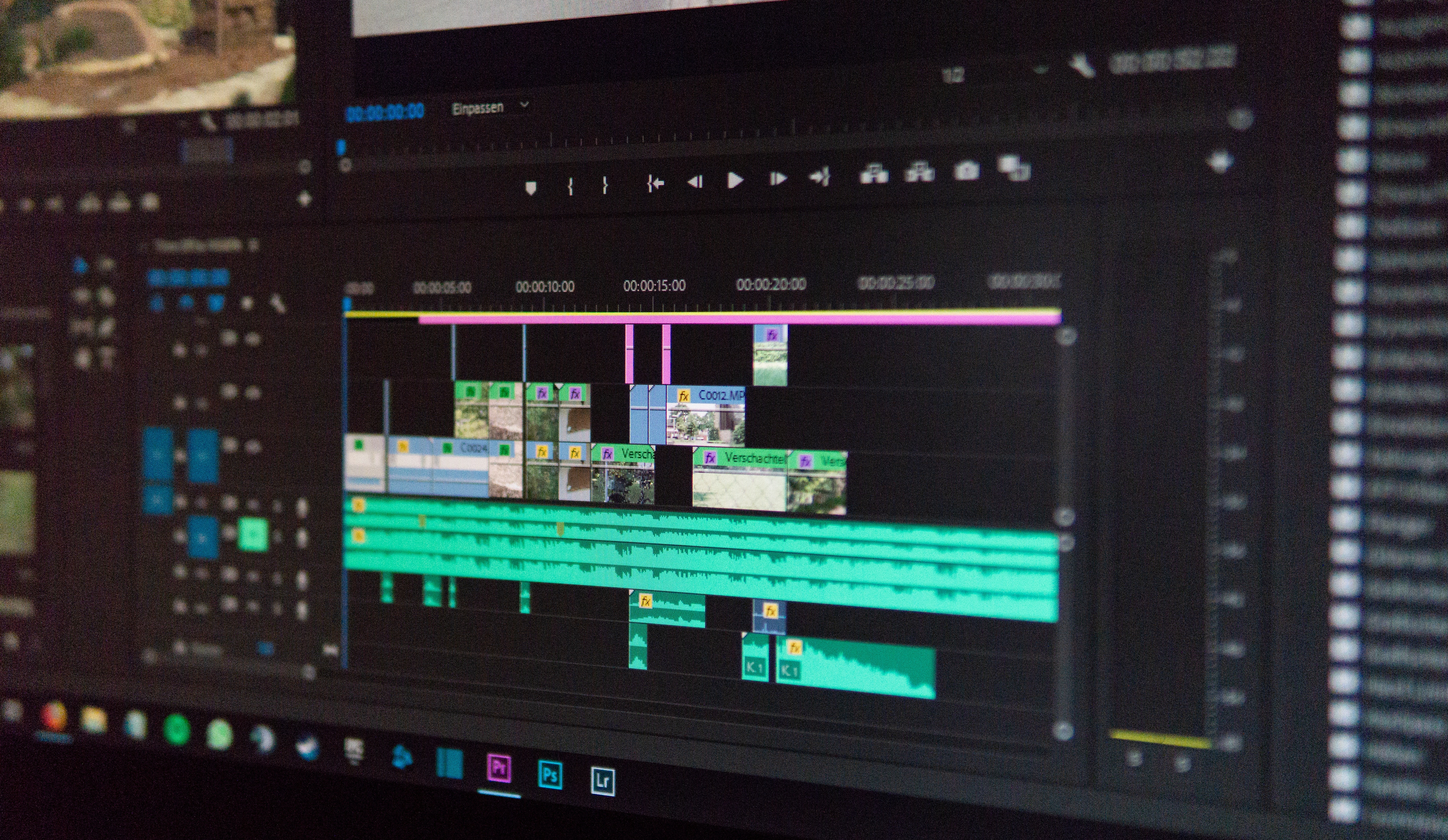
Is there any redundancy for data?
Is it possible to implement Disaster Recovery for data?
Well, we will give answers to all above questions and explain how redundancy is achieved in Microsoft Azure cloud storage.
In Microsoft Azure cloud, all storage space is created under a storage account. While setting up the storage account, you should set the data replications/DR options.
LRS (Locally-Redundant Storage)
ZRS (Zone-Redundant Storage)
GRS (Geo-Redundant Storage) | RO-GRS
GZRS (Geo-Zone-Redundant Storage) | RO-GZRS
Before explaining above, you have to understand the Datacenter distribution of Azure cloud. Single geographical area is referred as “Region” in cloud world and single datacenter is refer as “Availability Zone”. In most cases, there are more than one availability zones available in a given region. Zones within a region are physically separated datacenter, maybe in the same building. They have very fast internal connectivity for real time replication. Nevertheless, a technical failure of one datacenter will not impact on other.
LRS offers 3 copies of data replicated between different nodes in the same datacenter. A node failure of the datacenter will not impact your data. Copies are in different fault domains and update domains which means failure of a switch, power phase and scheduled system update will not impact all copies at the same time.
ZRS offers 3 copies of data replicated in different zones which mean different copies are stored in different datacenters. Therefore, failure of a full datacenter will not impact your data. However, for this option, the selected region should have multiple zones.


GRS offers 6 copies of data distributed in different regions of the world. Whereas 3 copies of data are stored in primary datacenter as LRS and another 3 copies of data are stored as LRS in a different region. Therefore, even if a region got interrupted due a possible natural disaster, your data is protected. However, the second copy is not accessible unless if the primary region fails. Also, failover takes time.
RO-GRS offers same as GRS with an exception of having read access to data stored in secondary region all the time.
GZRS offers 6 copies of data where 3 copies of your primary data stores as ZRS and secondary 3 copies of your data stored in the secondary region as LRS. This architecture gives the addon benefit of zone resilience on primary region.
RO-GZRS offers same as GZRS but with the addon benefit of having read access to data on the secondary all time.
Therefore, we can conclude that Microsoft Azure covers the full and end-to-end possible scenarios of data replication in their architecture. Further, their storage replication architecture is lot simpler than AWS S3 replication.



There is no any comment yet! Be the first!